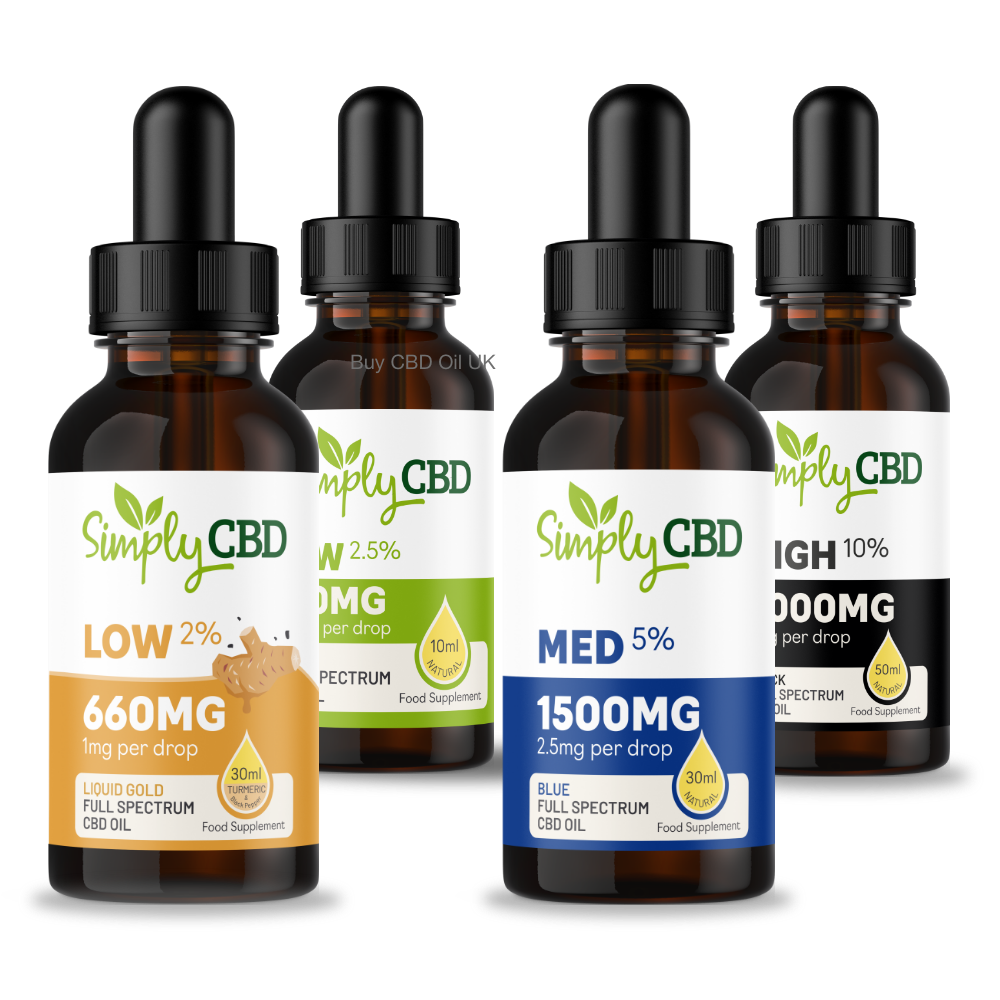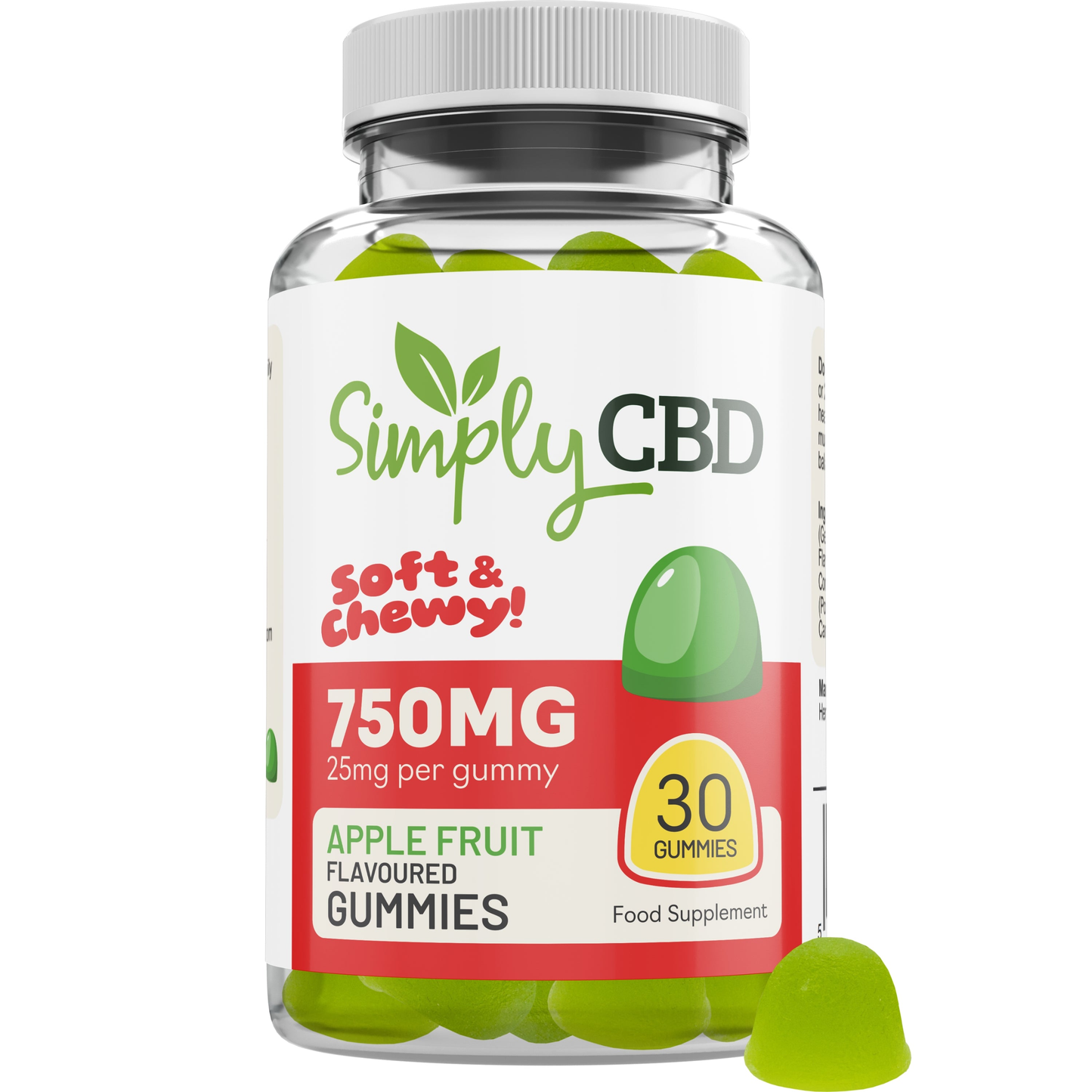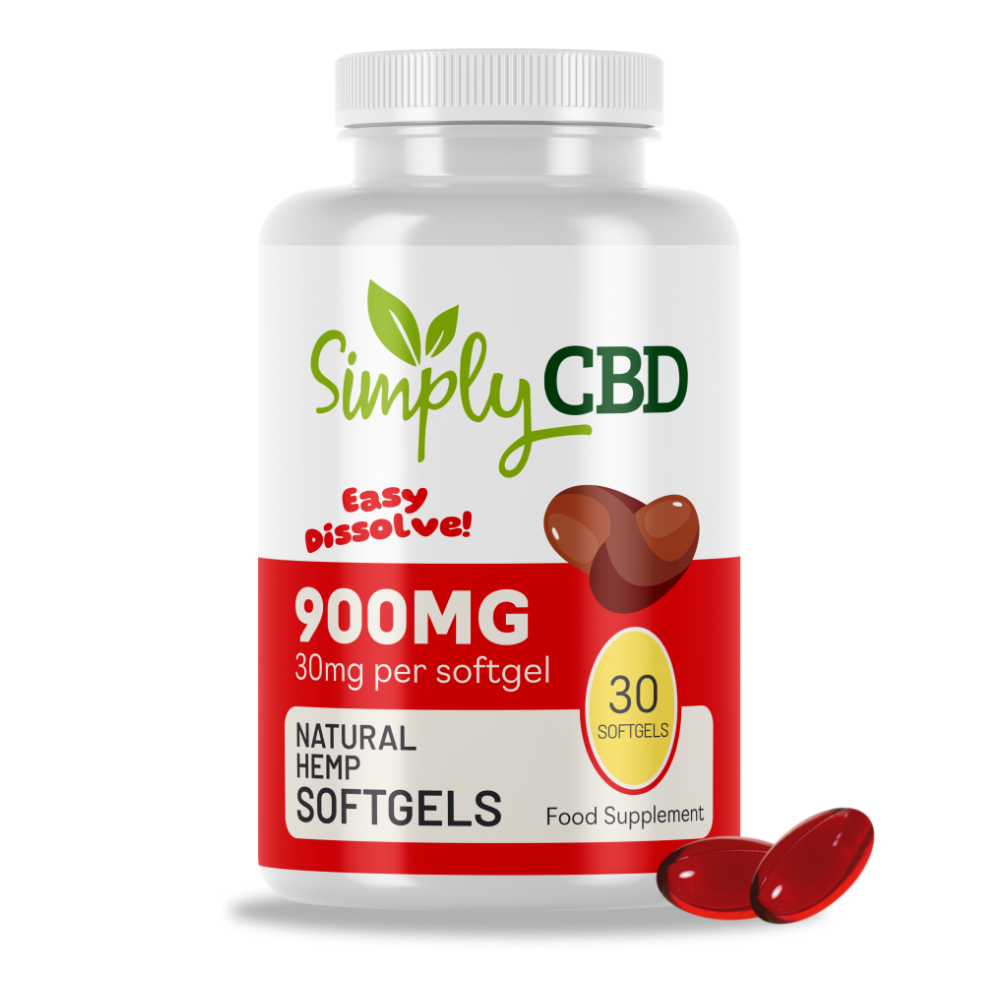
CBD users may come across the term ‘bioavailability’ when researching different types of CBD products. This is an important term to understand, as it helps CBD users determine which types of products are likely to be most effective. It’s also useful for people to be aware of the various simple steps they can take to help improve the bioavailability and efficacy of CBD.
What does the term ‘bioavailability’ mean?
Bioavailability refers to the proportion or percentage of a substance that is able to successfully enter the body’s circulation. This is important because it defines the amount of the substance that can have an effect on the body. Bioavailability can be impacted by many factors, including how it absorbs, other substances in the body, the type of substance, and other characteristics specific to each individual’s body (such as weight and metabolism).
What does bioavailability mean in relation to CBD?
In the world of CBD, bioavailability refers to the amount of any given CBD dose that enters the bloodstream and therefore has an effect on the body. Different CBD products have different levels of bioavailability, which largely relates to how they absorb. For example, products that absorb via digestion typically have a lower rate of bioavailability. This is due to the fact that some of the active ingredients are broken down by the liver before reaching the bloodstream. These products are still effective and provide a great way to take CBD. However, it’s useful for users to keep bioavailability in mind when working out their ideal dose.
Which CBD products have high bioavailability?
CBD products with high rates of bioavailability include those that are transdermal, sublingual, inhalable, or water soluble. CBD patches absorb via the transdermal method and have among the highest rates of bioavailability of all CBD products. The slow, steady absorption of CBD through the skin into the circulation allows for a gradually administered dose that can last for up to 36 hours. Also with considerably high rates of bioavailability are CBD vape liquids, which absorb via inhalation. The high bioavailability of inhalable CBD is due to the fact that the active ingredients enter the bloodstream directly from the lungs.
Water soluble CBD has an incredibly high rate of bioavailability (up to 90%) because its molecular composition is much easier for the body to absorb. It avoids the need for lipase (which breaks down fats in the digestive tract), meaning much less of it is broken down before reaching the body’s circulatory system. CBD oils that are taken sublingually also offer decent bioavailability. The sublingual method involves placing drops under the tongue and holding them there for two minutes before washing them down with a glass of water. While the drops are being held, the active ingredients are able to absorb directly into the bloodstream via thin mucous membranes. Any remaining oil that is washed down is then absorbed via digestion, adding to the original dose.
Are there any ways to increase CBD’s bioavailability?
Certain products will always have higher levels of bioavailability than others, but there are various ways to increase the amount of CBD that the body is able to absorb.
Take CBD with fatty foods
Due to the fact that most CBD products are fat soluble, it can be beneficial for users to eat fatty foods with their CBD dose. Several studies suggest that doing so may significantly increase the body’s absorption of CBD. This doesn’t mean that only unhealthy foods help increase CBD’s bioavailability, as there are plenty of healthy foods that are high in natural fats. Examples include avocados, nuts, seeds, fatty fish like salmon and mackerel, and cheese. It’s always better to avoid taking CBD on an empty stomach, and incorporating these types of foods can help bolster the benefits of each dose.
Leave an adequate gap between CBD and medications/supplements
We always advise users to leave a two-hour gap between their CBD dose and any medications or supplements they take. This gap increases to four hours if the medication or supplement is contraindicated with grapefruit. The reason for these recommendations is due to the way the body processes different substances. CBD, medications, and supplements can interfere with each other and reduce the efficacy of one another when taken too close together. Leaving enough time in between allows the body to properly process each substance, meaning they can all have provide their full intended effects.

Opt for products that provide naturally high rates of bioavailability
As mentioned above, there are certain CBD products that have higher bioavailability than others. For users that may struggle to incorporate fatty foods or leave long enough gaps between medications, opting for products with higher bioavailability can be beneficial. Water soluble CBD doesn’t require fatty foods to increase its bioavailability because it’s not fat soluble and already has an exceptionally high absorption rate. Transdermal and inhalable options don’t interfere with medications and supplements in the same way as other products can, so those with tricky medication schedules can still take their dose and expect impressive results due to the naturally high efficacy of these products.
Ensure each CBD product is used as directed
It’s crucial for users to ensure that they’re taking CBD products as directed, as this will be the method that serves to offer the highest level of bioavailability and efficacy. For example, some people underestimate the importance of holding CBD oil drops under the tongue for two minutes before washing them down. If the drops are not held in that position or are washed away too soon, the CBD content will not be able to absorb properly via the thin mucous membranes in that area. This would then significantly reduce the bioavailability of the dose. The logic in this example regarding closely following usage instructions also applies to all other types of CBD products.
Key takeaways
Here are the key points to remember about the bioavailability of CBD:
- Bioavailability refers to the percentage of a substance (such as CBD) that is able to absorb into the bloodstream and therefore have an effect on the body.
- Certain CBD products offer higher bioavailability than others - those that are inhalable, water soluble, transdermal and sublingual typically have the highest levels of bioavailability.
- There are various ways to increase CBD’s bioavailability, such as eating fatty foods with CBD, carefully timing medications, supplements, and CBD doses, opting for products that have higher absorption rates, and using products exactly as directed.










